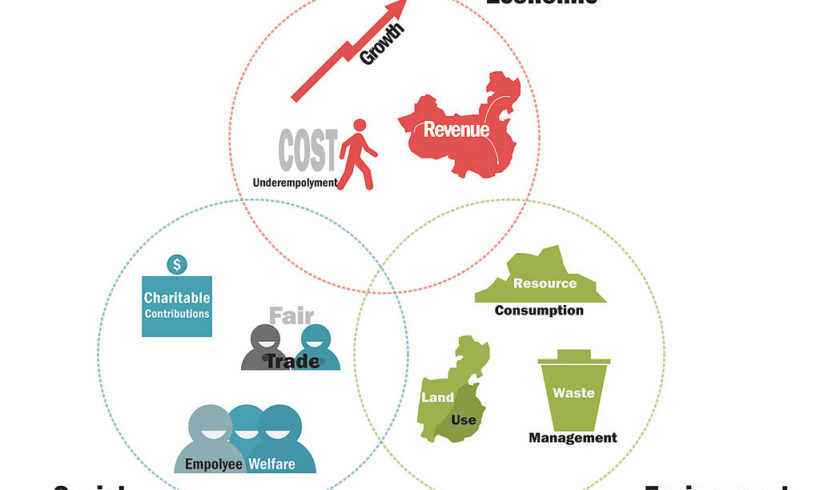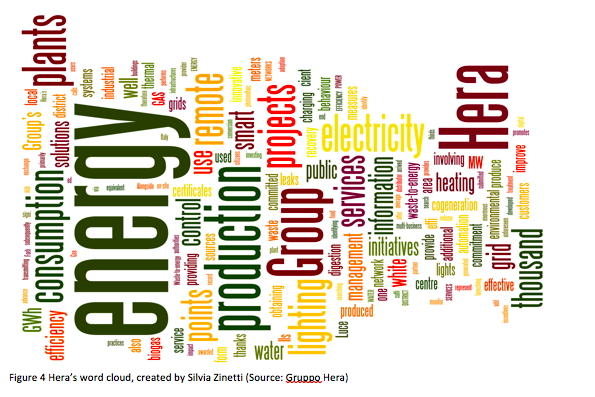The ‘triple bottom line,’ a phrase first coined by John Elkington in 1994, is a concept that expands how a business’s performance is measured to include social and environmental goals to its financial bottom line.
The triple bottom line is therefore used as a measure of a company’s economic performance and valuation, its level of corporate social responsibility (CSR), as well as its environmental sustainability standards and impacts. And it matters: for example, a 2013 study by Cone Communications and Echo Research showed that 82 percent of consumers in the United States considered the company’s CSR when deciding where to purchase goods and services.



